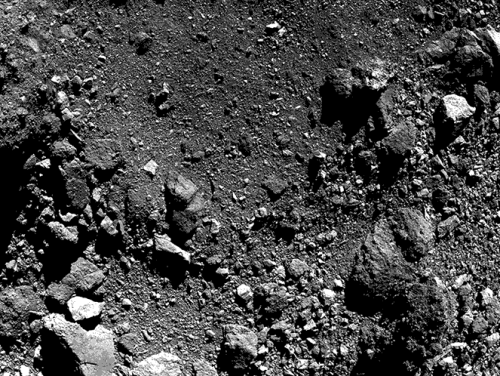Tests this weekend to pinpoint slow leak on ISS
The astronauts this weekend will shut all the hatches between different modules on ISS so that ground controllers can try to pinpoint the location of a long term slow air leak.
This leak was first spotted in September 2019, when there were “indications of a slight increase above the standard air leak rate,” NASA said in the statement. “Because of routine station operations like spacewalks and spacecraft arrivals and departures, it took time to gather enough data to characterize those measurements. That rate has slightly increased, so the teams are working a plan to isolate, identify and potentially repair the source.”
While the leak rate is higher than usual, it is still within specifications for the station and poses no immediate danger to the crew, NASA officials emphasized. Astronauts also deal with leak simulations during training for their stays on the space station, which typically are about six months long.
The weekend test will allow them to identify where the leak is located. They will then be better able to find it, and mitigate it.
The astronauts this weekend will shut all the hatches between different modules on ISS so that ground controllers can try to pinpoint the location of a long term slow air leak.
This leak was first spotted in September 2019, when there were “indications of a slight increase above the standard air leak rate,” NASA said in the statement. “Because of routine station operations like spacewalks and spacecraft arrivals and departures, it took time to gather enough data to characterize those measurements. That rate has slightly increased, so the teams are working a plan to isolate, identify and potentially repair the source.”
While the leak rate is higher than usual, it is still within specifications for the station and poses no immediate danger to the crew, NASA officials emphasized. Astronauts also deal with leak simulations during training for their stays on the space station, which typically are about six months long.
The weekend test will allow them to identify where the leak is located. They will then be better able to find it, and mitigate it.





